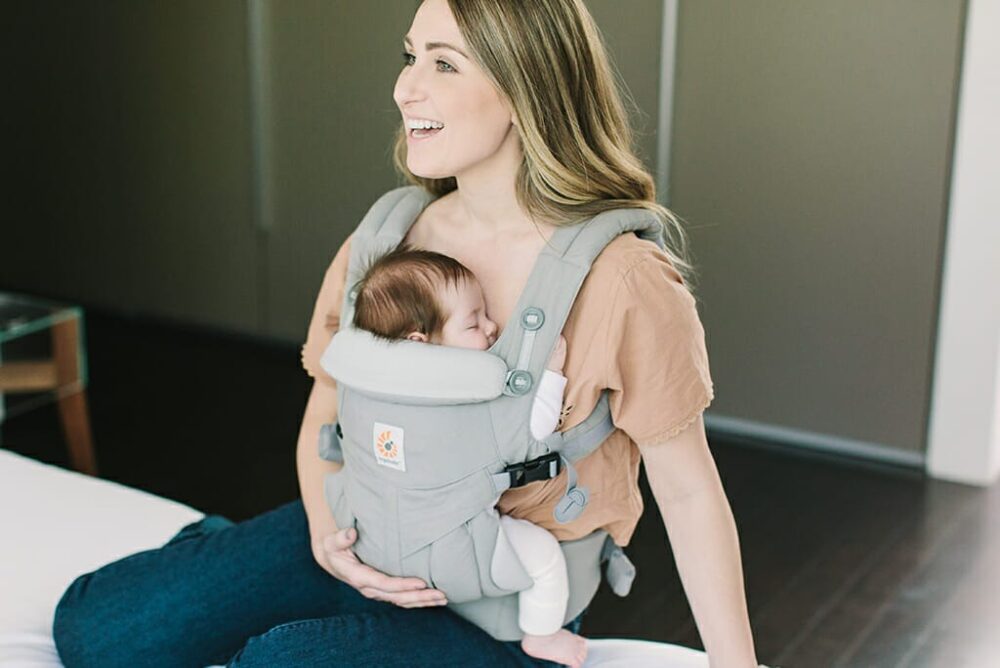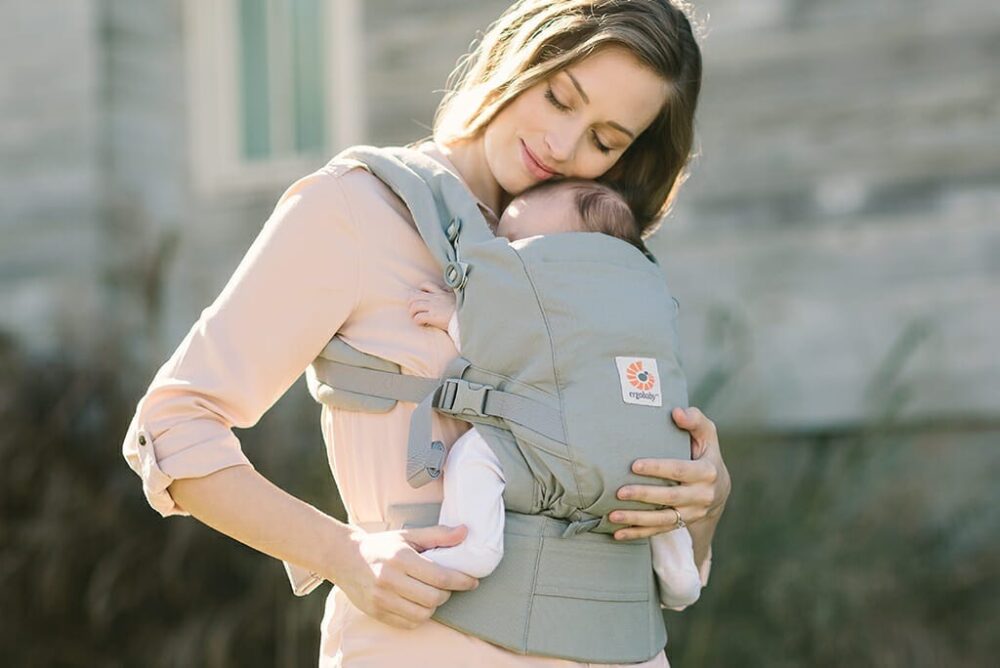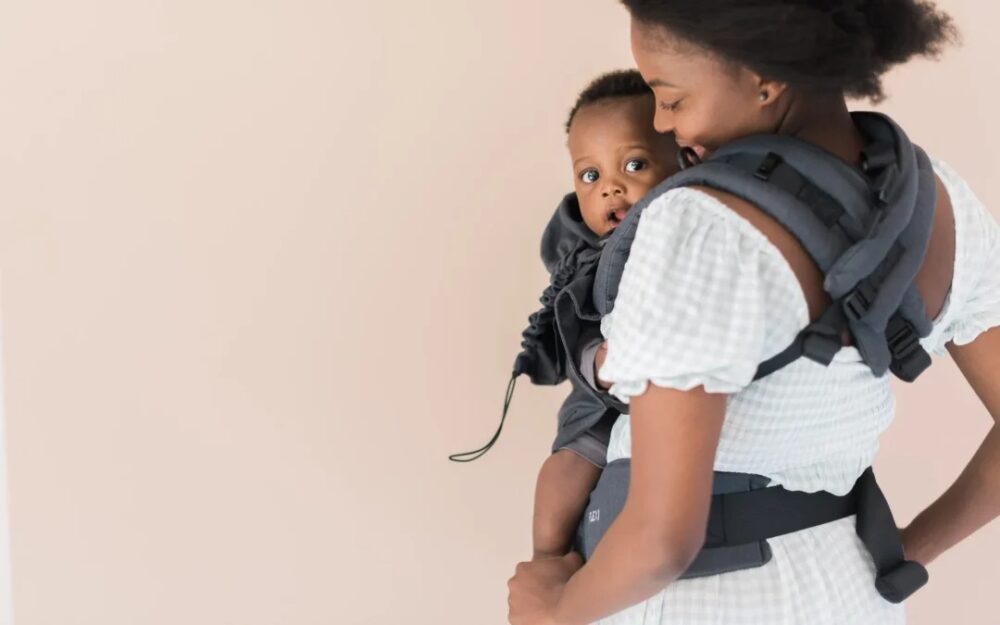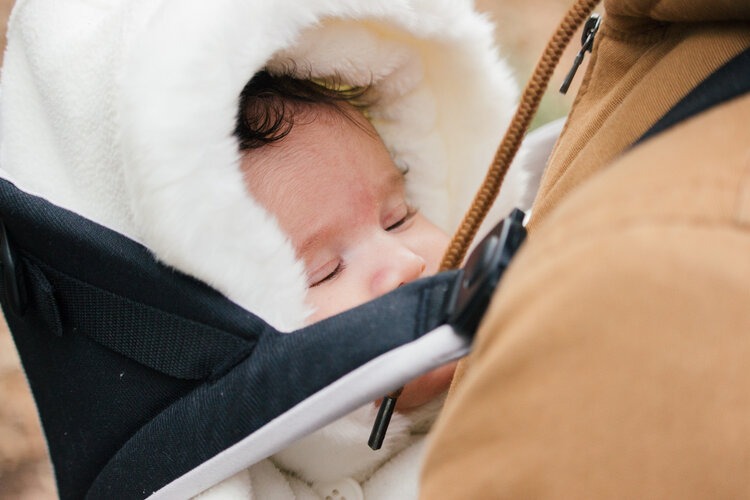New parents often turn to babywearing for convenience and bonding, but improper use can lead to discomfort or safety risks. Research shows that carrying a baby close can regulate their heart rate, breathing, and stress levels. The key lies in managing it correctly.
Key Points:
- Choose a well-fitted baby carrier for better posture and support.
- Stick to recommended time frames to avoid strain on your body.
- Always check the baby’s position for proper airflow and spinal alignment.
- Adjust straps and fastenings before heading out to prevent pressure points.
- Be mindful of temperature changes to keep the baby comfortable.
Choosing the Right Carrier for Support and Safety
The best baby carriers distribute weight evenly, preventing aches for the parent and ensuring the baby stays snug without slouching. Not every design fits every body type, so testing different styles helps. Comfort and safety should always take priority over fashion or brand loyalty.
Soft structured models offer sturdy support, ideal for extended use. Wraps and slings provide a snug fit, making them a great option for newborns, but they require a bit more practice. Hip seats relieve pressure and work well for quick carries around the house.
Key Features to Look For:
- Wide, padded straps that won’t dig into shoulders.
- Adjustable settings to accommodate a growing baby.
- Breathable fabric that prevents overheating.
How Long Should You Wear Your Baby? Finding the Right Balance
There’s no universal time limit, but long stretches can cause discomfort for both parent and child. Regular breaks help prevent strain on your back and ensure the baby remains content.
Newborns up to three months should stay in the carrier for no more than an hour per session, with breaks in between. As your baby grows, two-hour stretches work well, adjusting for naps and feedings. By the time they reach the toddler stage, up to three hours is fine as long as movement and active playtime are incorporated.
Watch for Signs of Overuse:
- Increased fussiness or resistance to being worn.
- Stiff posture or red marks from straps.
- Discomfort in your lower back or shoulders.
Ensuring Proper Positioning to Prevent Discomfort

Source: ergobaby.co.uk
Positioning affects the baby’s development and your own physical well-being. The right setup prevents hip dysplasia, ensures proper spinal alignment, and minimizes muscle strain.
Your baby’s knees should always sit higher than their bottom in an “M” position, preventing pressure on the hips. Keep their chin off their chest for unrestricted breathing. Their head should rest close enough to kiss, ensuring a snug but comfortable fit.
Adjusting for Temperature and Weather Conditions
Babies are sensitive to temperature changes. Whether it’s summer heat or winter chill, keeping them at a comfortable temperature is crucial for safety.
During hot weather, opt for lightweight fabrics and avoid overdressing. Mesh panels allow for better airflow, while keeping to shaded areas reduces overheating risks. In colder months, dress in layers. A babywearing coat or poncho provides warmth without adding bulk inside the carrier.
Pro Tip:
Avoid using thick snowsuits inside the carrier, as they can create a loose fit and pose a suffocation risk. Instead, layer with fleece and cover the baby with a warm blanket if needed.
Moving Comfortably Without Straining Your Back
Many parents experience back pain from improper positioning. Adjusting your posture and distributing weight evenly prevents long-term strain.
Stand tall and engage your core when carrying your baby. Slouching leads to unnecessary stress on your lower back. Tightening the waistband of structured carriers ensures better lumbar support. Shifting between front, hip, and back carries throughout the day prevents muscle fatigue.
Signs You Should Take a Break

Source: ergobaby.co.uk
It’s tempting to keep the baby in the carrier for convenience, but ignoring discomfort signals can lead to physical strain.
- If you feel tension in your shoulders or back, take a break.
- If your baby appears fussy or shifts frequently, check their positioning.
- If red marks linger after removing straps, adjust the fit.
Safely Transitioning Between Carriers as Baby Grows
Your newborn’s needs differ from those of a mobile toddler. Adapting to different carriers ensures continued safety and comfort.
Newborns do best in soft wraps or structured carriers designed for extra head support. Once they reach four to six months, a sturdier model with ergonomic design prevents strain. By the toddler stage, back carriers distribute weight more effectively, making long outings more manageable.
How Babywearing Strengthens Parent-Child Bonding
Wearing your baby goes beyond convenience—it nurtures attachment and emotional security. Babies thrive on close contact, finding comfort in a parent’s warmth and heartbeat.
Studies show that worn babies cry less and sleep better. The close proximity also promotes cognitive development by allowing them to observe their surroundings from a secure position. This makes babywearing an invaluable tool for building a strong parent-child connection.
The Psychological Benefits for Parents

Source: hss.edu
Babywearing doesn’t just benefit the baby—it helps parents feel more confident and emotionally connected.
Carrying a baby fosters a sense of closeness, reducing postpartum stress and anxiety. Many parents report feeling more in tune with their baby’s needs. The hands-free convenience allows multitasking without sacrificing bonding time.
Avoiding Common Mistakes in Babywearing
Even experienced parents overlook small details that affect safety and comfort. Avoiding common mistakes ensures a better experience for both parent and child.
- Too loose or too tight: A poorly fitted carrier can cause discomfort or unsafe positioning.
- Facing outward too soon: Babies should remain inward-facing until at least six months old for optimal spinal support.
- Ignoring weight limits: Each carrier has a maximum capacity—exceeding it compromises safety.
- Wearing too long without movement: Allow time for breaks and unrestricted movement.
Conclusion
Managing babywearing time properly means paying attention to positioning, weight distribution, and comfort levels. Choosing the right model, adjusting based on age, and taking breaks when needed prevent common issues. Every baby is different, so stay flexible and prioritize safety and well-being.






















